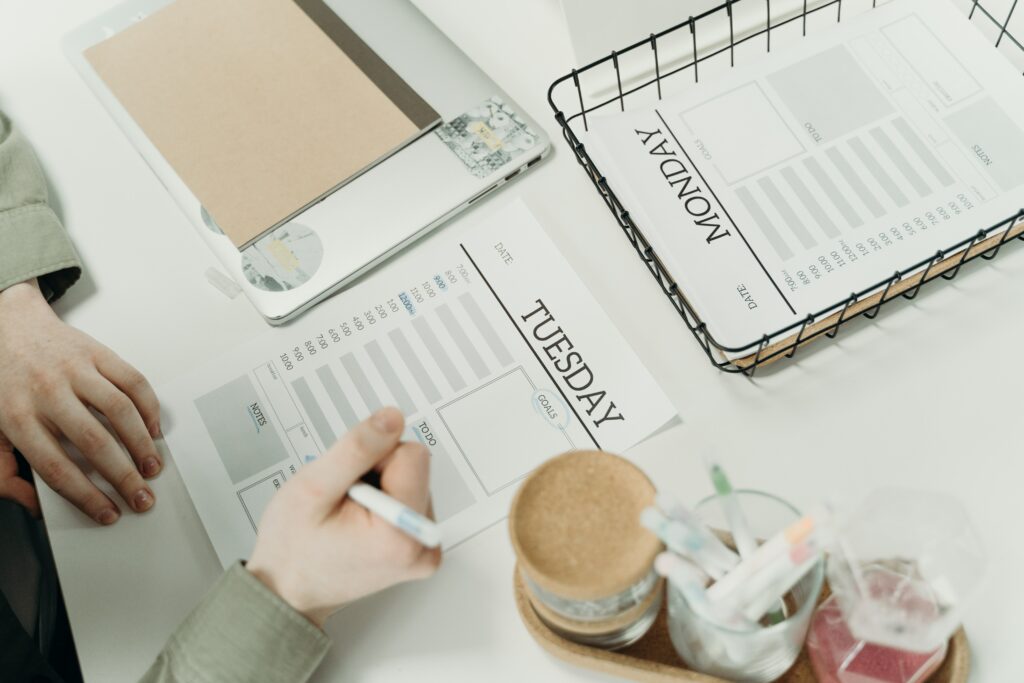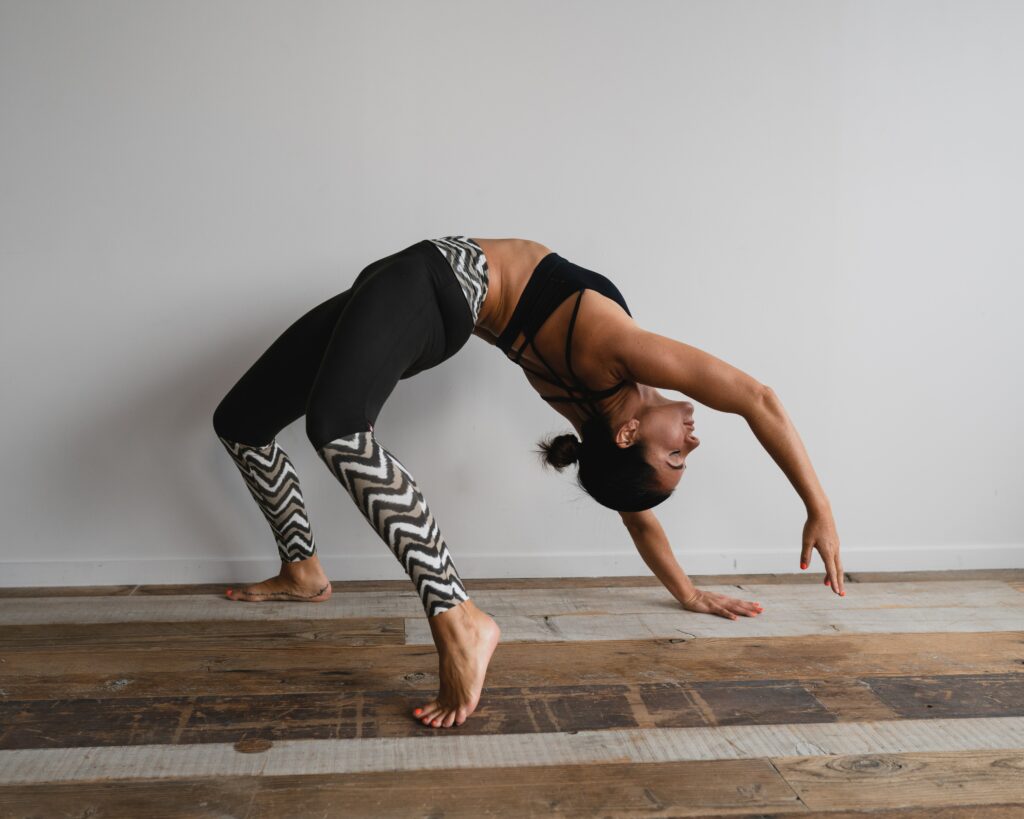Finding Balance Between Flexibility & Routine
Over the past several years, I’ve learned that I function best when I have well-established routines. However, at the same time, I’ve also learned to both appreciate and embrace change — even when it makes routines difficult to nail down. So, rather than holding one or the other up as the ultimate goal, I’ve learned that finding balance between the two is key.
Of course, that doesn’t mean it’s easy. Finding balance between flexibility and effective routines can be tricky at best and is often a long, frustrating process with many missteps along the way.
With that in mind, here are a few things I’ve learned about finding balance between routines and flexibility.
Creating Effective Routines

When I first started getting intentional about setting and sticking to routines (helped along by my new-at-the-time hobby of bullet journaling), it was a huge personal breakthrough. It helped me accomplish goals I’d been trying to achieve for years, and it helped me learn how to build better habits.
How To Create Effective Routines
Here are some tips I’ve found useful for creating effective routines:
- Keep it simple. The more expectations you pack into a routine, the harder it is to stick with. Start small, then build on it over time.
- Work with — not against — yourself. Build your routine around tasks and activities you already do regularly instead of trying to start from scratch.
- “Stack” a new habit with one that’s already established. Individual habits are the building blocks of a routine. If you already do one task at roughly the same time each day or week, adding a new task directly after the habitual one will help you remember and make time for the new one a lot easier. (Congratulations! You now have a two-step routine.)
Where Routines Can Fail
Routines and habits do go hand-in-hand, but therein lies the challenge. When the routine allows you to automate positive behaviors and accomplish your goals, it’s fulfilling its purpose. But when the routine keeps you busy on tasks that aren’t moving you forward or holds you back from trying new, enjoyable things, it becomes a problem.
Embracing Flexibility

I can usually tell my routines aren’t working anymore, because one (or more) of the following starts to happen:
- I start regularly skipping steps or avoiding the routine altogether.
- I wish I were doing something else instead.
- I feel as though the routine is a waste of time, even though I feel obligated to keep doing it.
- I get upset because I know I don’t have time or energy to finish the routine.
When these things start to happen, I know I’m not being flexible enough and that the routine is no longer serving me. It’s time for a change.
Where Flexibility Can Fail
So what’s the problem with flexibility? If I give myself too much of it, I end up having difficulty meeting deadlines (often because there are none) or I fall into a cycle of endless procrastination. Of course, each person is different, but I need some kind of structure — be it internal or external — in order to be productive.
Finding Balance

So how does one go about finding balance between flexibility and routines? I believe the key is regular evaluation and adjustment.
For me, that looks like:
- Creating specific routines whose sole purpose is to designate time for me to evaluate and adjust my routines as needed. (Weekly and monthly resets, for example.)
- Stepping back when I feel too blocked-in and asking myself if the structure I’m holding myself to is really necessary.
- Setting deadlines for myself, but creating a deadline hierarchy so I know which deadlines can be pushed back if needed and which absolutely have to be adhered to.
An effective routine must be a constant work in progress. It should be consistent but not permanent.
Don’t Box Yourself In
Ultimately, finding balance requires frequent reflection and adjustment. It means prioritizing and setting reasonable expectations for yourself. Don’t just give yourself busy work or slip into whatever is easiest right now — actively work to make things easier on yourself in the long run. And, above all, be ready to change it up when the routine loses its effectiveness.

